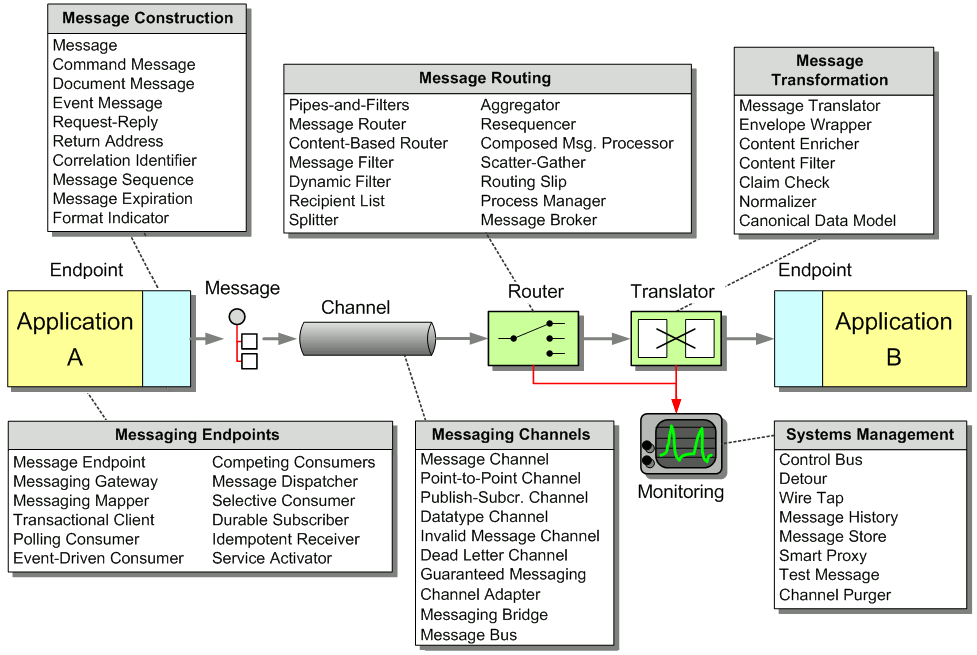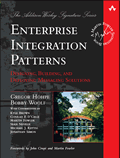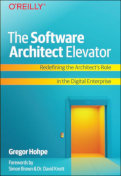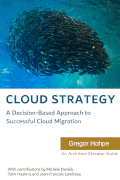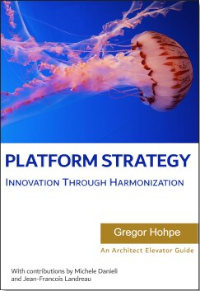An enterprise has multiple applications that are being built independently, with different languages and platforms. The enterprise needs to share data and processes in a responsive way.
How can I integrate multiple applications so that they work together and can exchange information?
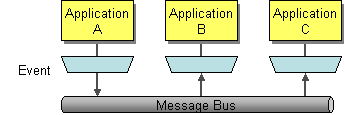
Use Messaging to transfer packets of data frequently, immediately, reliably, and asynchronously, using customizable formats.
Asynchronous messaging is fundamentally a pragmatic reaction to the problems of distributed systems. Sending a message does not require both systems to be up and ready at the same time. Furthermore, thinking about the communication in an asynchronous manner forces developers to recognize that working with a remote application is slower, which encourages design of components with high cohesion (lots of work locally) and low adhesion (selective work remotely).
Messaging systems also allow much of the decoupling you get when using File Transfer. Messages can be transformed in transit without either the sender or receiver knowing about the transformation. Indeed the decoupling allows integrators to broadcast messages to multiple receivers, support choosing one of many potential receivers, and other topologies that allow integration to be separated from the development of the applications. Since human issues tend to separate application development from application integration, this approach works with human nature rather than against it.
... Read the entire pattern in the book Enterprise Integration Patterns
Related patterns:
Remote Procedure Invocation, File Transfer, Message, Message Channel, Message Endpoint, Message Router, Message Translator, Shared Database
Further reading:

